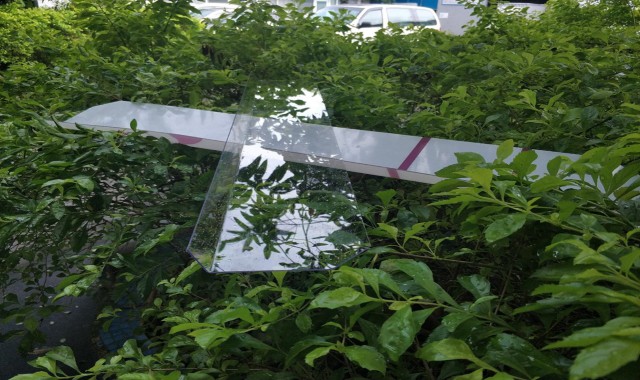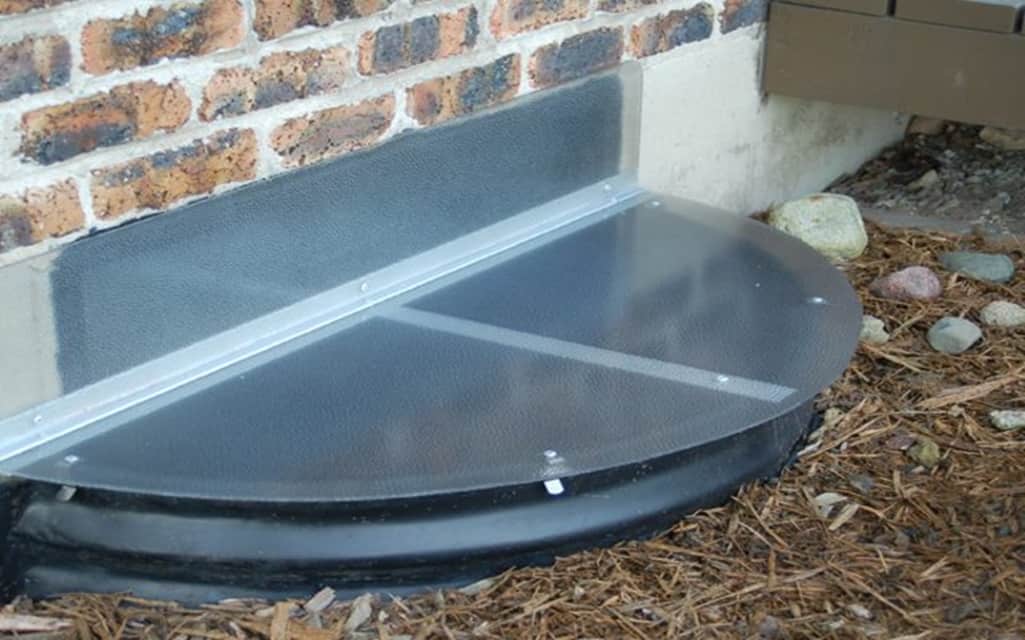Polycarbonate refers to a thermoplastic transparent sheet, which has the ability to absorb minimal moisture. The incredible touch material of the polycarbonate solid sheet makes it highly resistant to impact damages and water damage. The polycarbonate sheet is also resistant to chemicals and flame. In this article, we will tell you about the processing technologies for polycarbonate solid sheet. Read on!
CNC Machining
Computer Numerical Control – also known as CNC – is a machining mechanism used for a reductive process, which removes different materials from a wide range of machine tools like saws and bores. Electromechanical CNC equipment is useful for machining a piece without direct human involvement.
CNC machining offers extreme impact resistance – even at 100 degrees Celsius temperature. Compared to Acrylic that requires heat for formation, CNC machining is great for routing and cold-bending polycarbonate sheets. YUEMEI as the company has become largely synonymous with CNC machining for polycarbonate fabrication.
In addition, polycarbonate is a popular choice within the plastic industry when it comes to meeting the ultimate strength and safety. Using CNC machining, most manufacturers form interior applications of up to six mm thickness, which offers B1 flame-protection for classification.
Cold or Heat Bending
When it comes to bending, you can bend a polycarbonate sheet even without heating. However, there a few things you need to consider in order to produce the best results. The operator would use sharp-edges tools as well as allows enough time after bending – i.e. one to two days. As far as heat bending is concerned, the operator won’t force the polycarbonate sheet to reduce the angle of bending during the installation process.
CNC machining offers extreme impact resistance – even at 100 degrees Celsius temperature. Compared to Acrylic that requires heat for formation, CNC machining is great for routing and cold-bending polycarbonate sheets. YUEMEI as the company has become largely synonymous with CNC machining for polycarbonate fabrication.
In addition, polycarbonate is a popular choice within the plastic industry when it comes to meeting the ultimate strength and safety. Using CNC machining, most manufacturers form interior applications of up to six mm thickness, which offers B1 flame-protection for classification.
Cold or Heat Bending
When it comes to bending, you can bend a polycarbonate sheet even without heating. However, there a few things you need to consider in order to produce the best results. The operator would use sharp-edges tools as well as allows enough time after bending – i.e. one to two days. As far as heat bending is concerned, the operator won’t force the polycarbonate sheet to reduce the angle of bending during the installation process.

Sometimes, there is a requirement for over bending, which is useful for overcoming the effect of spring-back – which is likewise helpful in reverting the bent polycarbonate sheet to its original position. In addition, the operator can use cold-line bending on a smaller piece just to test the process – before going for a large polycarbonate sheet.
Moreover, cold bending – also known as cold curving – is a procedure of bending the entire polycarbonate sheet. The purpose is to create an arch or a dome. When the operator tends to form such a shape, the importance of a cold bending radius comes into play. As a result, the operator has a minimum radius, which is only attained in the final form. The radius is obtained when the operator multiplies the sheet’s thickness by 100. This radius is then applied in all procedures of cold bending.
Thermoforming
Thermoforming is a molding technique, which is used for a wide variety of usable products. During the process of manufacturing, polycarbonate solid sheets are heated so that they can easily be manipulated. Thermoforming is a process that enables the operator to form and attain a specific part of the polycarbonate sheet into the desired size and shape.
Likewise, thermoforming is used to change the structure and shape of a polycarbonate sheet – using a variety of methods. In most situations, this involves forcing the heated polycarbonate sheets against the mold to attain the required structure or shape.

Printing
Polycarbonate sheets are technically tougher and unbreakable than other types of sheet materials that have the same or similar thickness. For these reasons, polycarbonate is a material, which is a common choice for making front-lit and back-lit printed graphic panels and signage. There are many uses of polycarbonate filament in everyday applications – for example, 3D printing as well as it is a great electrical insulator that has strong heat-resistant properties.

YUEMEI polycarbonate solid sheet has a thickness ranging from 1.5 mm to 6 mm – so you can choose a product with a specific thickness according to your requirements. Common uses of polycarbonate materials include point-of-purchase displays, retail, signage, back-lit displays, as well as custom design panels, etc.



